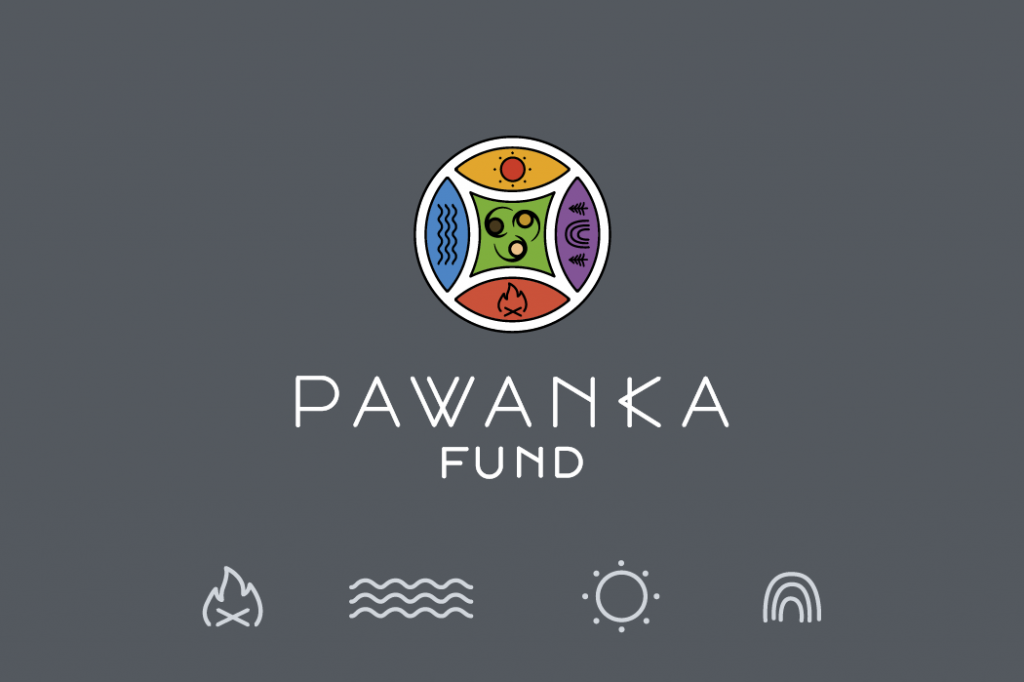The Deatnu River flows between Finland and Norway and into the Atlantic Ocean. Alongside it lies Veahčak, a small Saami village. Fishing for North Atlantic salmon in the Deatnu River is the core of Saami culture in the Deatnu Valley and it has provided a livelihood for local Saamis since time immemorial. Fish define their community life, economic routine, relationship with neighbouring communities, and are the basis of their handicrafts, arts, and folklore. The Saami people own about 95% of local fishing rights and salmon-fishing is primary to their subsistence and survival. Salmon fishing in Deatnu has been regulated through bilateral agreements since 1873.
However, in November 2011, Finland and Norway renegotiated the Deatnu Agreement, restricting fishing supposedly to protect the sustainability of salmon stock in the river system. Five years later, the parties released a draft agreement strongly protested by Saami and local people from both sides of the river. The new agreement was approved by Finland’s Parliament in March 2017 and by Norway’s Parliament in February 2017. It did not contain a single provision for Saami fishing rights and disproportionately reduced the local Saamis’ traditional fishing rights by 80%, violating their cultural and property rights as well, while leisure fishing (by usually wealthy people) decreased by only 30-40%.
The governments legitimized the new agreement when, in fact, it largely expropriated time-immemorial fishing rights of the Saami people without any compensation. They were excluded from participating in the negotiations between the two governments, even when the representatives of fishery cooperatives were nominated as full members of the national delegations during agreement negotiations.
In response, it was crucial to document and collect information on customary laws on Saami land use and Saami subsistence activities before the new Agreement could alter fishing habits and the customary use of fishing in the Deatnu Water Basin. This includes customary laws and subsistence activities related to fishing, hunting, reindeer herding, and significant use of cultural sites. The project was initiated by the Veahčaknjárgga Fishery Cooperative and Saami community elders, with the main focus on traditional fishing. To appreciate the customary context, interviews with Saami traditional knowledge holders were conducted regarding their governance system. The Saami community members participated in the project to ensure that traditional knowledge is passed on to future generations.
The cooperative organized gatherings to share information about the project. There were Focus Group Discussions (FGD) followed by mapping activities. The results of interviews and discussions were shared among Saami fishing rights holders, but given the nature of customary law, not all results were made public. The mapping initiative is expected to strengthen and validate the community and Saami people’s assertion of their rights.
The project yielded valuable insights and legal analysis relating to water and land use and traditional land governance patterns. Transcriptions and maps are documentary proof that can be used to determine customary land use patterns and to argue the legitimacy of the new Deatnu Agreement. The entire project output is potential material that may be used as evidence for a land rights case against the State of Finland.
The project “Customary Land Use of Saami in Deatnu Water Basin in Finland” was implemented by the Veahčaknjárgga Fishery Co-Operative in Finland in 2018 with the support of PAWANKA Fund.

